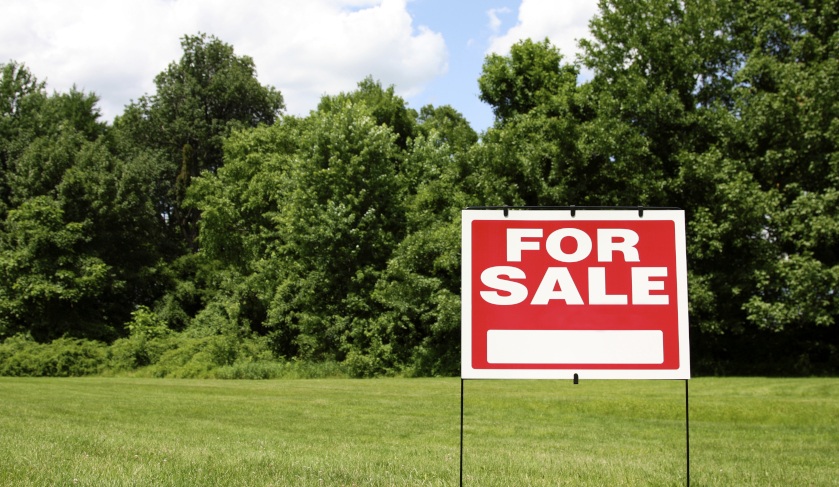Land banking: Tips from a property investor
After purchasing properties under the National Rental Affordability Scheme (NRAS), investor Redom Syed decided to start delving into long-term development projects in Sydney. Find out how he made the strategy work:

For his first four properties, Mr Syed bought properties under the NRAS, a government scheme that, essentially, requires ‘a property investor to 20 per cent off the rent in exchange for $11,000 from the government’.
To continue reading the rest of this article, please log in.
Create free account to get unlimited news articles and more!
“The real attraction to it is they produce higher net yield, so I started my portfolio buying a few of them with the intention of getting some cash flow in so I can take on more risk.”
True enough, this initial strategy has allowed him to quit his job with the Federal Treasury and start his own mortgage broking business.
The significant cash flow generated by the NRAS properties, combined with the income from his business, Mr Syed was able to build a strong safety buffer that allowed him to implement a more sophisticated investment strategy—land banking.
Mr Syed said: “My wife and I are lazy investors—we didn't want to evaluate so much but we want large, lumpy assets. Own less property but of higher value. So, we started buying long-term development sites in Sydney.”
“Our view is that these assets are probably going to be resigned at a particular point in time, whether that's in the next few years or in a medium-term horizon. We’re land banking, essentially.”
Location
According to Mr Syed, land banking is basically Monopoly for property investors.
The property investor explained: “If you own one piece, it's not so lucrative, but if you own three, it becomes a little bit more lucrative.”
“You own all three and you get a big plot of land that are turned into units. It just suited us so that's what we've started investing in.”
At the moment, his three new property investments are across Sydney, including suburbs in south and south-west Sydney.
Considering the population growth witnessed by Sydney over the years as well as the rise of high-density living as a response to the sky-high prices of dwellings, the capital city has become an attractive market for land banking.
Apart from Sydney, the strategy has also gained popularity in growing markets around 10 to 15 kilometres from the city centre.
“Our criteria is ... we have very small blocks that we have in mind that have a particular zoning now that, we think, is likely to change largely because they're right next to a train station. They have to be in good network train stations.”
“It's very hard to buy some of these assets, I've got to say. They're very, very selective. They don't come on the market very often,” the property investor said.
Risk management
Apart from identifying opportunities based on existing infrastructure and demand for high-density dwellings, Mr Syed and his wife also work together to determine existing ‘planning and land dynamics’ as well as several financial and economic elements in order to mitigate risks when investing in development sites.
Moreover, the duo takes advantage of all information available to the public—from official government data to information sourced on ‘ground level’.
For instance, 18 months ago, he witnessed an investor buy a property at an auction in Arncliffe. Now, the same property is back on the market for double the prize, purely because it got rezoned.
Mr Syed said: “It's an R2 property that's gone to R4 and I've spoken to agents and they're fighting for it because there aren't that many good quality assets right next to train stations.”
“There are pockets in Sydney that are going to go through this, as well as other parts of the country such as Melbourne and Brisbane, because of population growth. By 2036, when the planning strategies have been implemented, it's going to be wildly different to the way it was 70 to 80 years ago.”
While the land banking strategy could be a lot more lucrative in the long-term, Mr Syed reminds investors that it does not come without risks.
In fact, one of his primary advice to investors who are looking to try land banking is to be ready to lose a little.
“It's a big gamble. You can lose because your asset might not get rezoned. The way this planning framework works is a giant maze. No one knows how it really works. If your risk appetite allows you to gamble a little bit, then this type of investing is quite suitable because it's high risk-high returns.”
At the end of the day, he encouraged fellow investors to assess their personal and financial situations, as well as their goals, in order to determine the perfect strategy to implement.
“It still depends on where you are your life journey and you're investing journey. This is just one strategy. There's plenty of other ones out there, but this one suited us. We thought about developing, we thought about building townhouses and a bunch of different ideas, but I wanted to focus on my business and my wife wanted to focus on her career, so this suited us,” Mr Syed concluded.
Tune in to Redom Syed's episode on The Smart Property Investment Show to know more about the strategies he implemented through the years to build his successful property portfolio.

